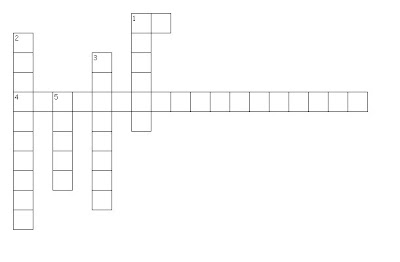Eric
Honor Bound
November 5, 2009
A1
Physics Projectile Motion at an Angle
The initial approach to a projectile motion problem at an angle is to break down the initial resultant vector into its X and Y components (Vox and Voy). You can do this by using the equations Vox = V * cos (), and Voy= V * sin (), where is the angle above the horizon. After the projectile is launched, it is basically a free falling object with respect to the vertical with an acceleration of -9.8 m/s**2, due to gravity. The X component of velocity (Vox) remains constant throughout the projectile’s trajectory. There are two special points in time during a projectile’s trajectory. The first is when the projectile reaches its maximum height. At this point in time the Y component of velocity is 0 m/s. The second important time is when the projectile is at the same altitude as when it was launched. At this point the Y component of velocity has the same magnitude, but the opposite direction (the sign is opposite). If the altitude of the projectile is above the launch point, then vertical displacement is a positive number. Likewise, if the projectile falls below the altitude of the launch point, then the vertical displacement is negative. This becomes important in problems such as a projectile being shot off of a table or a cliff where the point of impact is at a different altitude than the launch point. The range of the projectile can then be found by finding the time at which the object strikes the ground. Examining the vertical motion in a situation does this. The range is then calculated by using Vox equal to the horizontal displacement times time. These equations ignore compounding factors such as air resistance and friction. By firing a projectile at an angle of 45 degrees you can botain the greatest range.



